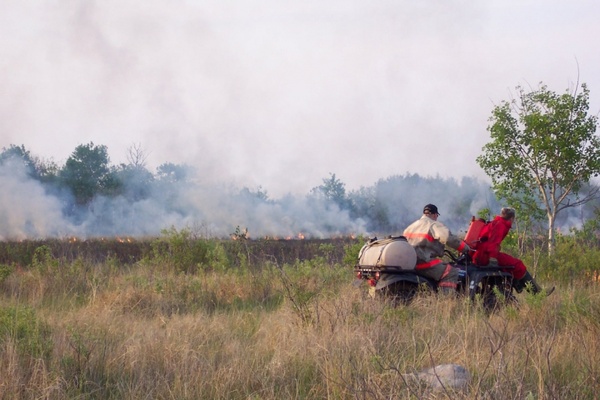

Once their work was complete, workers from the Cedar Rapids Sewer Department used equipment to make sure there was no additional collapse of the trench.Įach year since 1996, the Cedar Rapids Fire Department has rescue teams that train for this type of incident. In the photos at the top and below, firefighters can be seen removing equipment once the rescue was complete.

He was taken by Area Ambulance to a local hospital for treatment of injuries to his lower body. The unnamed man was conscious throughout the rescue. The Cedar Rapids Fire Department estimates the hole was 8 to 10 feet in size. They found a man had been repairing utility lines to a business close by when a portion of the trench he was in collapsed, burying him from the waist down.Įmergency personnel were able to use special tools to both prevent further collapse and allow themselves to get into the hole and execute the rescue.

How did you do? Make sure to share your results and challenge your colleagues to match or beat your score.Officers from the Cedar Rapids Police Department and specially-trained rescue teams from the Cedar Rapids Fire Department were dispatched to the scene. As always, be sure to follow your department's SOGs on their use. Here's a quick quiz provided by our online training partner FireEMS Academy to test your knowledge on ropes and knots.

When in doubt, you can always grab a piece of rope and try to practice in your downtime. It's important to learn how to tie knots, as they often come in handy on the fireground. The NFPA standard specifies minimum design, performance, testing and certification requirements for life safety rope, escape rope, water rescue throwlines, life safety harnesses, belts, victim extrication devices, litters, escape webbing, escape systems and auxiliary equipment for emergency services personnel. NFPA 1983 specifies requirements for life safety rope and associated equipment used to support emergency services personnel and civilians during rescue, firefighting or other emergency operations, or during training. NFPA 1001 requires firefighters to be able to tie each of these seven knots operating on a simulated fireground: There are many knots used by the fire service and various NFPA guidelines on firefighter ability, including the NFPA 1001 skill sheet and NFPA 1983: Standard on Life Safety Rope and Equipment for Emergency Services.


 0 kommentar(er)
0 kommentar(er)
